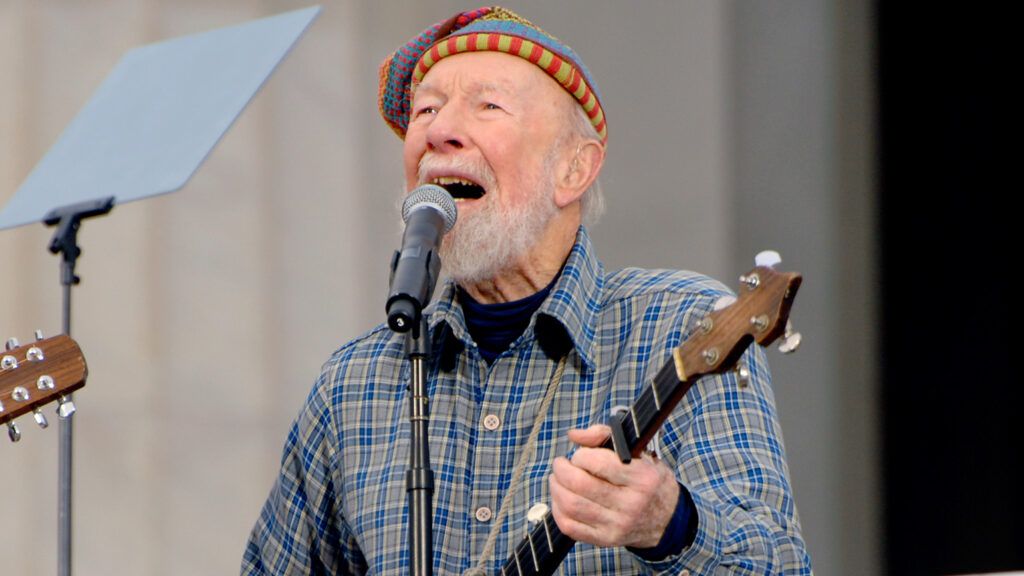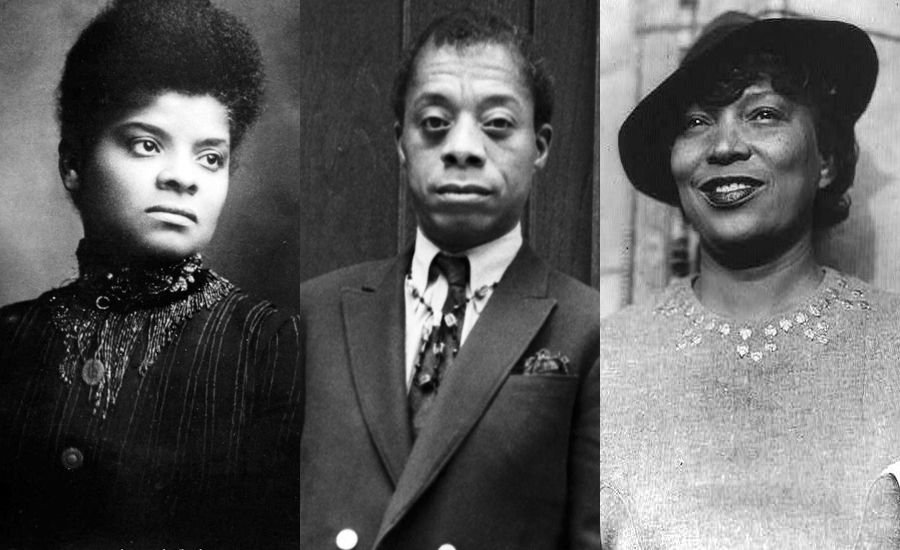Twenty years ago my wife, Toshi, and I were fortunate to be able to start living on a mountainside overlooking the Hudson River. We hand-built a log cabin for ourselves and two babies.
We came to love the river and started learning her history: how the last ice age gouged out her present channel, how the Algonquins and Iroquois made their homes along her shores, how early Dutch captains sailed her waters in their floating family businesses–the Hudson River sloops.
I liked to dream of our river in the days of the sloops, and spent hours poring over a book written by a Hudson River Dutch descendant, William E. Verplanck.
“Before I die,” he wrote in 1908, “let me put down as much as I can remember about these boats. They were the most beautiful I ever knew and they will never be seen again.”
Looking down on our Hudson, we could watch the river itself, as the Indians and as Verplanck knew it, also disappearing. Every year 100 billion gallons of gook are dumped into this water. The great clam and oyster beds are gone.
Huge 100-pound sturgeon used to be the backbone of an important industry, but today the fish don’t always taste so good. Upriver children occasionally swim in the Hudson, but after a good rain the Health Department chases the youngsters away. Water’s too full of overflow sewage.
This was getting to me, as it was getting to a lot of people. Who’s to blame for pollution?
In a sense we all are. On the other hand, I will not cop out and say that all of us are equally to blame. That makes the word “blame” meaningless.
Is a newborn baby to blame? No, even though his diapers need changing ten times daily. Is a Navaho herdsman to blame? He doesn’t manufacture DDT or drive a Detroit smog machine.
Is an adult U.S. citizen to blame? Yes, considerably, I’d say; we have more facts at hand and should know how to act on them.
Is a government or business leader more to blame? Yes, I’d say, because they have the power to make this kind of decision: Shall we keep this river clean or make a profit on it?
Behind that question lies a still more basic one: To whom does a river belong? The Algonquins who used to live along the Hudson had no trouble answering. “We are stewards of the river,” they used to say. “Not owners. Caretakers.” Isn’t that the attitude we should be taking?
About four years ago I began to wonder if it were possible to get a lot of people at once to ask that same question. I proposed an impractical and hopeful idea, typical of a banjo picker, I suppose.
What would happen if a group of people got together and built a replica of one of the old cargo sloops? We’d take her up and down the river and at each port we’d do something very simple. We’d try to teach people to love their river again.
Late one night I committed this harebrained idea to paper and mailed it to a friend who lived near me. A few weeks later he surprised me by asking, “When do we get started?”
On a summer evening in 1966 we held our first outdoor “sloop concert.” About 150 people showed up. Everyone was so enthusiastic that we began right away to try locating a naval architect to design our replica. We found such a man, Cyrus Hamlin, of Kennebunk, Maine.
“A sloop such as you want will cost a hundred thousand dollars,” he said.
By the end of the first year we had dollared and dimed our way to a total of $5000. At the end of the second year we had only $15,000; then an unusually successful fundraising picnic brought in $10,000.
Our architect located a shipbuilder whose men still knew how to shape big oak planks and ribs–Harvey Gamage, of South Bristol, Maine. “I think you ought to get started right away,” Harvey Gamage told us in 1968.
“I don’t understand,” I said. “We’ve only raised thirty thousand dollars so far.”
I can still hear Harvey’s Maine twang. “You’ll find money comes quicker once the keel’s been laid.”
And that’s exactly what happened. As soon as the keel was laid, the project went into high gear.
There was a new excitement at the concerts. Help came from up and down the Hudson Valley. Mrs. DeWitt Wallace, founder with her husband of Reader’s Digest, promised us the final $10,000 if we succeeded in raising the rest.
Long before the total sum was raised, we were teaching love of our land. For instance, there was the matter of littering.
One wealthy gentleman gave us permission to hold concerts on his waterfront farm. Members of the sloop organization decorated cardboard boxes with designs and animal figures and sprinkled them every 30 feet across the field. We called them “plizyuzmis.”
At the end of the program there was hardly a chewing-gum wrapper or bottle top on that grass. It’s true; we don’t litter what we love.
With our concerts and with singing in churches and fire halls up and down the Hudson, and with a few bigger checks, we finally launched the Clearwater, 76 feet long, a sturdy beauty sailing upriver out of the past.
Since that day, hundreds of volunteers have taken turns plying the Hudson waters, talking to people about pride–pride in the land where they live.
Soon far more was going on than a clean-up campaign. Other problems were being tackled–including, for instance, the many splits in communities today that make it hard for people to talk to one another. We’ve seen neighbors meeting neighbors for the first time ever–and liking it.
Pulling on the same rope aboard the Clearwater may be a shaggy-haired youth, a middle-aged estate owner from upriver and a shy farmer s son who s never bee off dry land before. And each one will be thinking that he alone has just made the momentous discovery: In a cooperative situation, people are great!
Or take the mass-produced life that has a lot of us wondering if we’ve lost some essential humanity. Remember old-fashioned country fairs with the homemade quilts and home-grown vegetables and sweet, fresh pies?
Well, today there’s a country-fair feeling every time the Clearwater warps up to a dock. It takes a little planning, but when people see others helping, they want to help too. Wherever we stop, the homemade soup or beans appear mysteriously.
We have homemade music too. A small brass band turned out on the dock in Kingston. Someone warned us the band was so out of tune it would be hooted off the wharf. How wrong they were. The band’s forthright conviction had the audience whooping with delight.
Who cared if they weren’t precisely on pitch? Their spirit captivated all. Some of the longest-haired kids began to do somersaults and stunts. Soon we had a homemade circus on the public landing.
We’re enjoying our river again. And one of these days we’ll see it cleaned up. We’ve just barely begun, of course. We must now give people some idea of what it’s going to cost to keep it lovely. Few really understand this yet.
New York state has allocated 1.7 billion dollars to clean up the Hudson, and that money–far short of what it will actually take–will eventually come out of each of our pockets.
We’ll end up paying more for certain products–paper, electricity. We’ll have to stop using other products which damage the environment too much. Tremendous changes must come.
For a long, long while social prophets have urged in effect. “Let’s eliminate the gap between rich and poor, black and white. Then, when mankind is united, we can solve any problems which face the human race.”
Now biologists are telling us, “Man must immediately–within a decade–solve our environmental crisis or the human race is kaput. All else can wait.”
The experience of the past year has tended to convince me that these various crises–social, moral, environmental–are going to be solved simultaneously or not at all. In fact, they can be more easily solved if we work on them simultaneously, for everything in the world is linked together.
When you tackle one problem, you are also doing something about the whole. The place to start generally is right where you are. I chose the river because it was–quite literally–under my nose.
Is it worth it? What is a river worth? What is life worth? Sometimes when people see the beautiful view from the few acres which Toshi and I cleared so long ago, they ask:
“Do you own all this?”
Our answer is not original with us. It dates back to the feeling the Indians had toward the land–and before them, to all those who have regarded this earth with reverence.
“God owns it; we’re only trying to take care of it for a while.”
For more inspiring stories, subscribe to Guideposts magazine.




